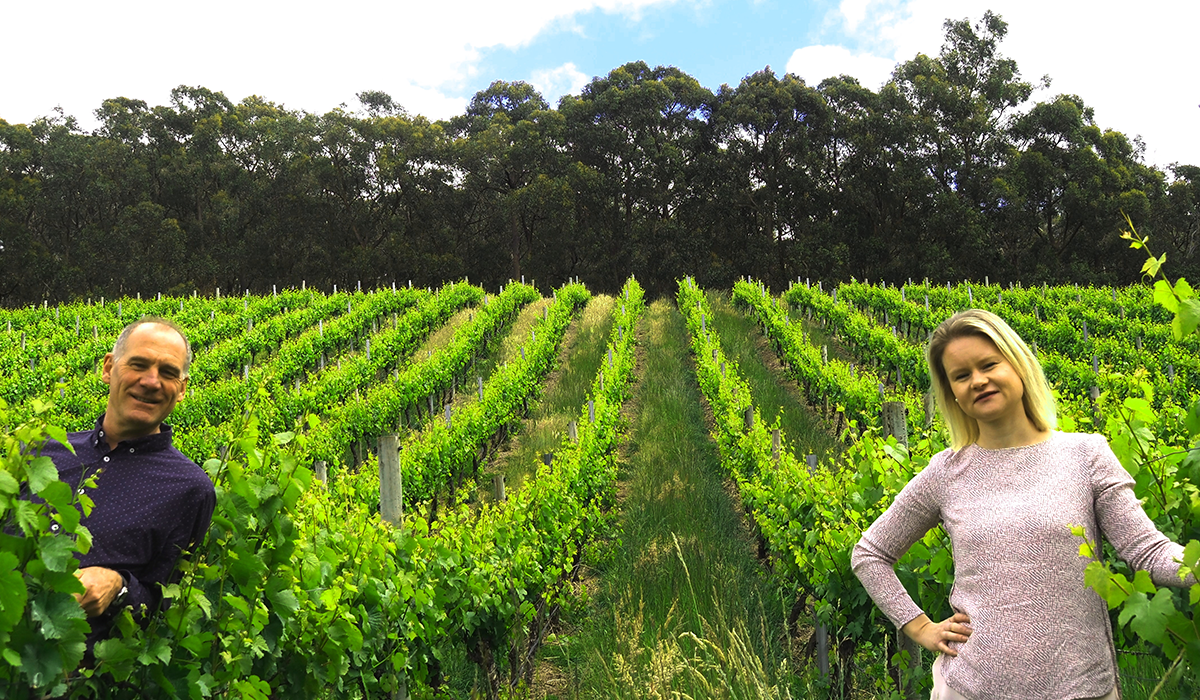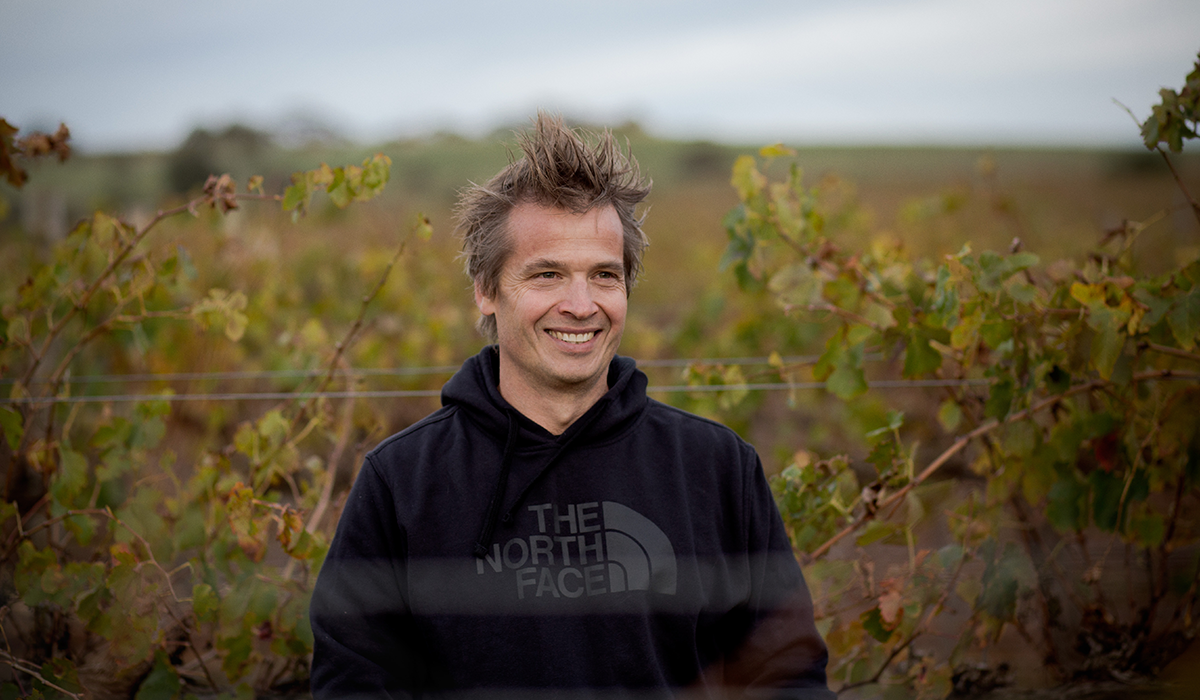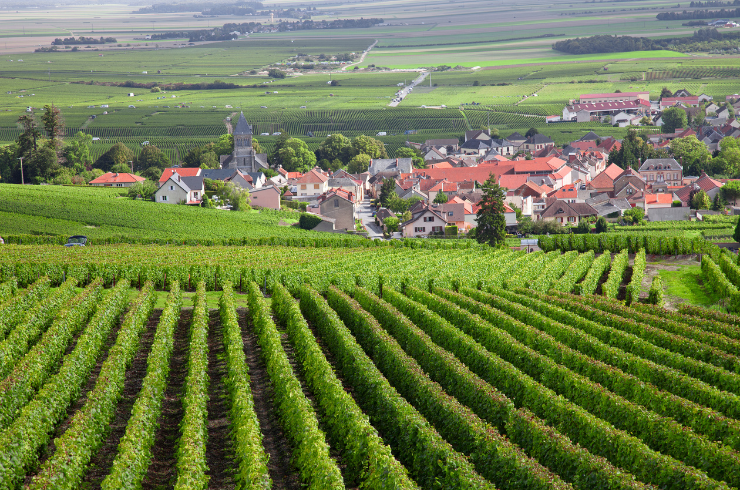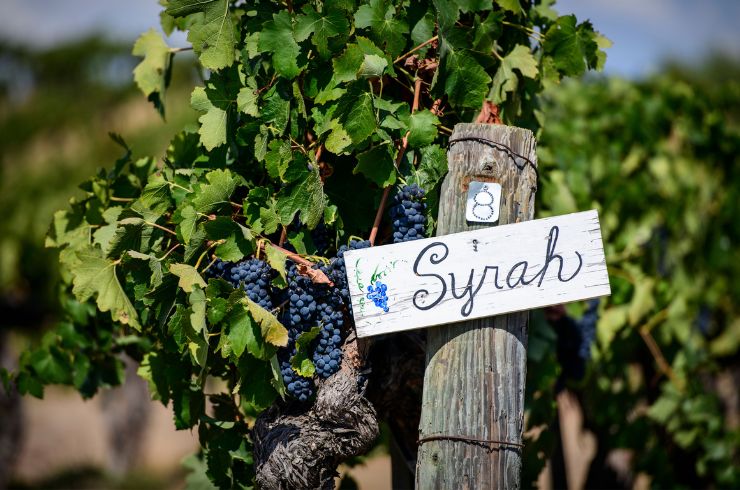While South Australia is known as a hub for Spanish red wines, you'll find Spanish varieties dotted in regions around Australia – like in the North East of Victoria.
Below we speak to the master makers from around the country – Peter Leske, Alanna Pepper and David LeMire from La Linea in the Adelaide Hills, Toni Pla Bou from Gapsted Estate in Victoria's Alpine Valleys, and Adam Barton from Atlas Wines in the Clare Valley. We find out how they approach the winemaking process for their flagship Spanish styles – mencía, tempranillo, and a blend of tempranillo, mataro and grenache – how the process has evolved, and how best to enjoy the Spanish varietals (hint, they're perfect with almost any meal, but especially with tapas, hard cheeses, barbecued or slow-cooked meats, red sauce-based dishes, and Mexican and Italian cuisines).
Peter Leske, Alanna Pepper and David LeMire – La Linea, Adelaide Hills SA
H. How do you approach the winemaking process for the La Linea Mencía?PL, AP & DLM. We keep it simple! It would be a mistake to pick the fruit super-ripe, put it into new oak for ages, and release it as a mature, oak-driven wine. Instead, we focus on making a fragrant, medium-bodied, varietal wine matured in older French oak, that is bottled before the next vintage. It's then released when the varietal signature is youthful, bold and beautiful.
H. Has your winemaking process evolved over the vintages?
PL, AP & DLM. We have learned so much about how it grows, evolving from spur pruning to cane, then from normal cane orientation to arched canes, to ensure even budburst and predictable yield. In the winery we have stayed true to the original hands-off approach, to let the fruit do the talking. Our mantra is: variety first, region second, site third, and winemaking ego 10th!
H. How is the La Linea Mencía best enjoyed?
PL, AP & DLM. We encourage people to drink the mencía as a relatively young wine, while the spice, berries and pepper are at the fore, and the natural exuberance and firm young tannins have calmed a little. Being from a cool climate, the mencía is savoury and has a modest alcohol content, so suits a wide variety of cuisines and occasions.
Toni Pla Bou – Gapsted Estate, Alpine Valleys VIC
H. How do you approach the winemaking process for the Valley Selection Tempranillo?TPB. Every piece of the winemaking puzzle involves decisions. It’s said that great wine is made in the vineyard. In reality, it certainly starts there, but winemaking is a process that involves multiple steps in both the field and the winery. There are many decisions made along the way, and each one of them shapes the taste, texture and quality of the wine. We, as winemakers, are a complex makeup of scientist, engineer, artist and experienced taster.
H. Does your style change with each vintage?
TPB. It was opportune that I completed a philosophy degree before pursuing my passion for wine because it allows for thoughtful discourse and measured decisions to be made for each vintage as we continually improved our wines in the pursuit of wine excellence.
H. How is the Valley Selection Tempranillo best enjoyed?
TPB. This medium to full-bodied red wine can be enjoyed all year round. It's delicious with a cheese platter throughout the warmer months or as a beautiful food wine when paired with hearty fare during the cooler months. It's best decanted and served at room temperature.
Adam Barton – Atlas Wines, Clare Valley SA
H. How do you approach the winemaking process for The Spaniard?AB. The fruit for this blend came from dry-grown, low-yielding vines in the Clare Valley. These vineyards produce concentrated, bright-fruited expressions of each variety, reflective of their Spanish origins. The focus in the winery was on blending the three varieties to ensure adequate fruit expression, while allowing some of the more textural and savoury qualities of these varieties to sing, and ultimately to create a balanced, interesting and harmonious wine.
H. Does your style change with each vintage?
AB. The percentage of each variety can change from vintage to vintage depending on the conditions of the year. We try not to be hemmed into following a recipe while trying to achieve our own eclectic style. As a result, this style has evolved over time towards a slightly less rustic, more brightly fruited style.
H. How is The Spaniard best enjoyed?
AB. The Spaniard is an incredibly versatile wine suited to every season and just about every setting.
Latest Articles
-
News
The power of perspective: Ryan Ponsford's Entropy
2 Dec 2025 -
Events
Halliday Wine Academy: Wine Immersion Tours
30 Nov 2025 -
Travel
Scenic's Southern France and Bordeaux river cruises are tailor made for wine lovers
30 Nov 2025 -
News
What’s in a name? The etymological origins of popular grapes.
30 Nov 2025






